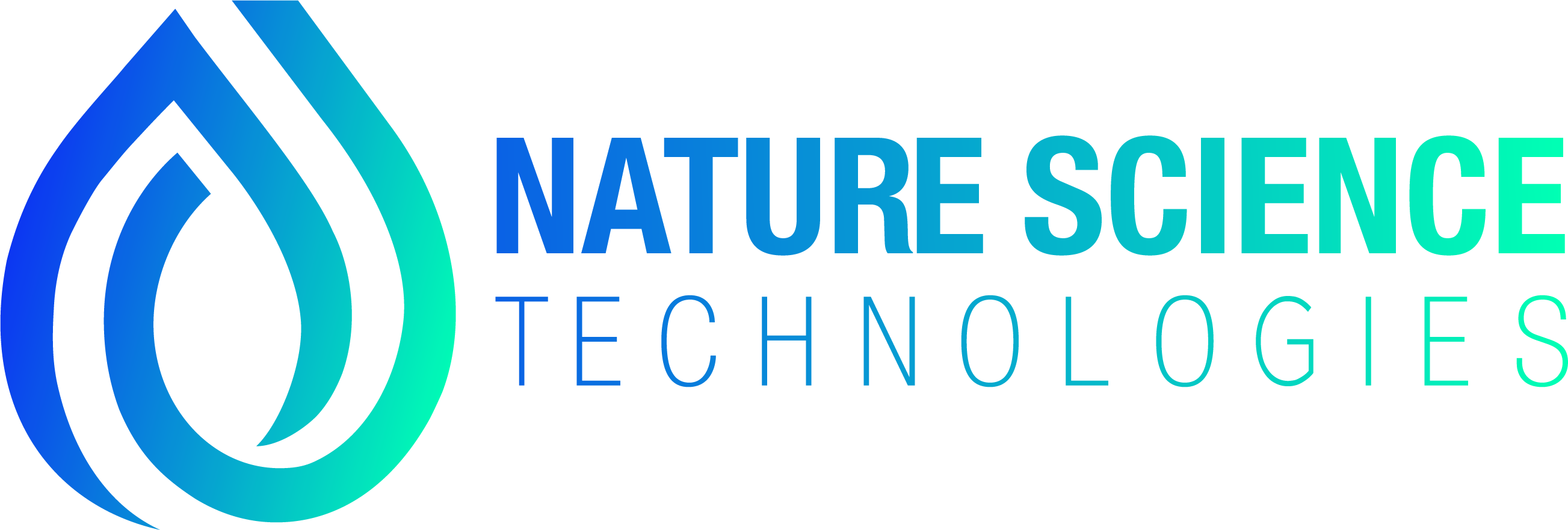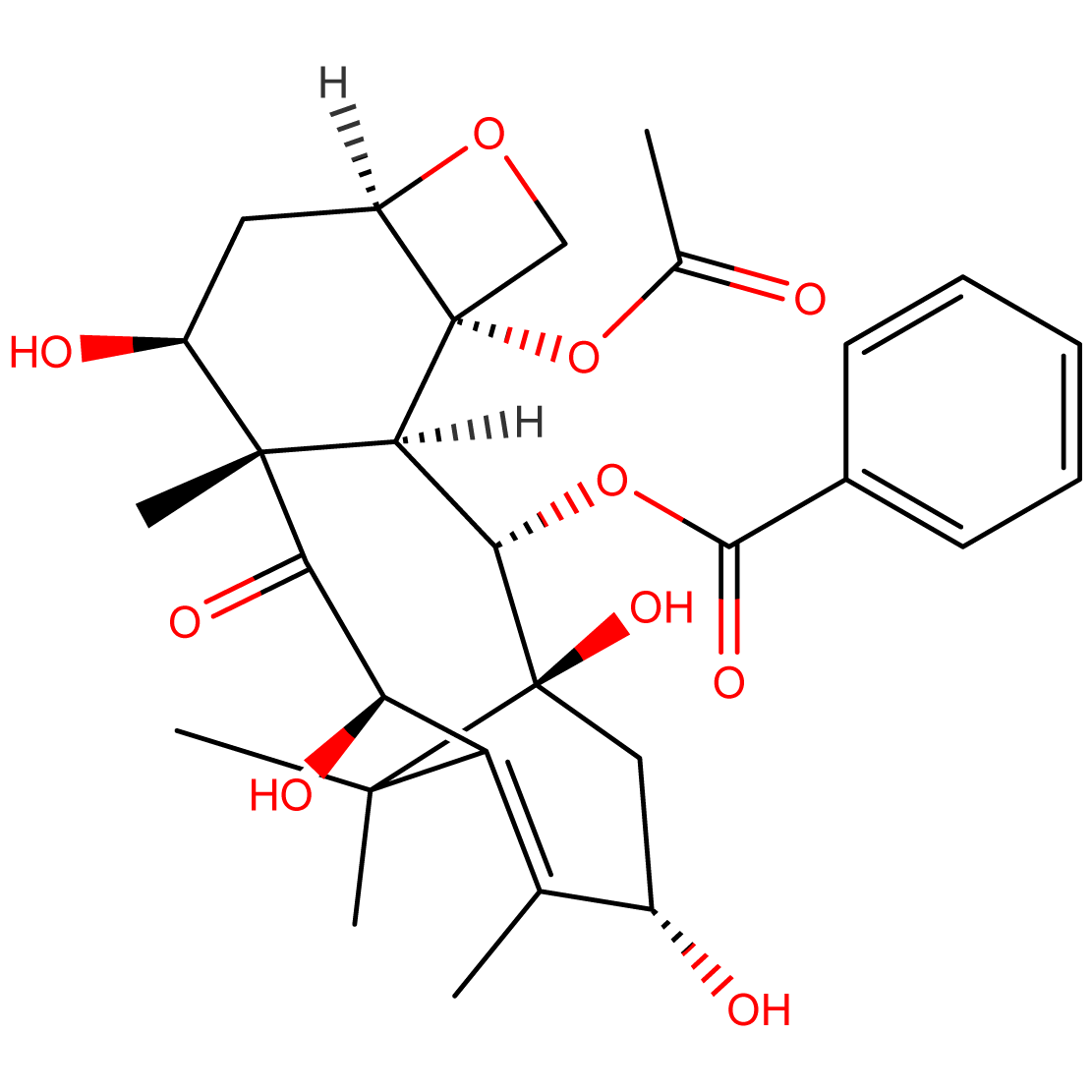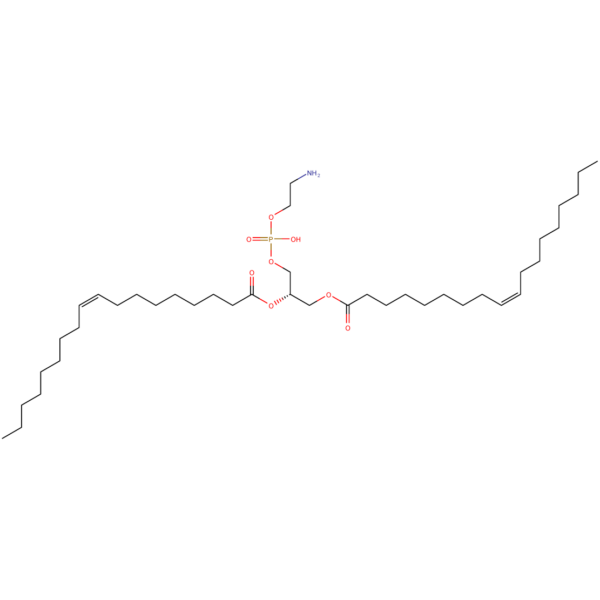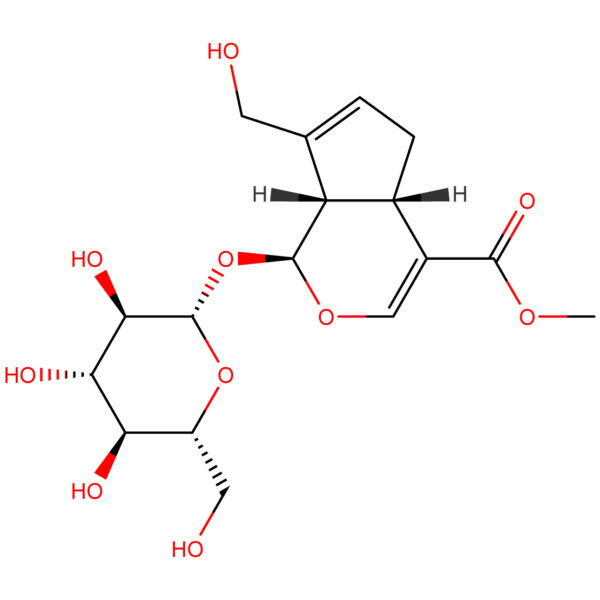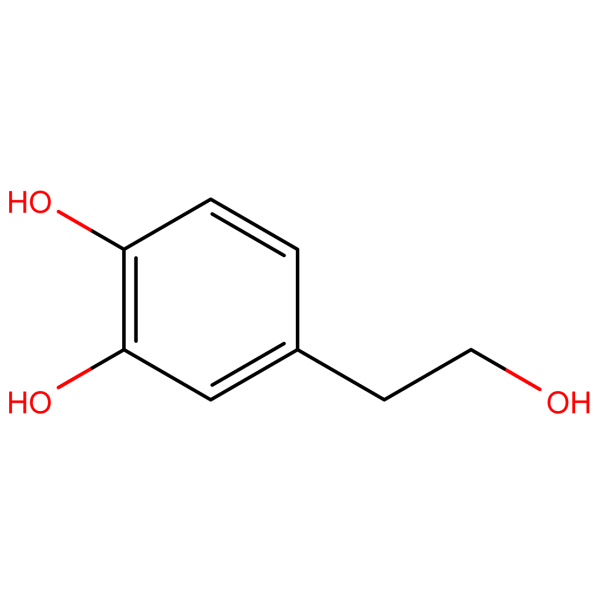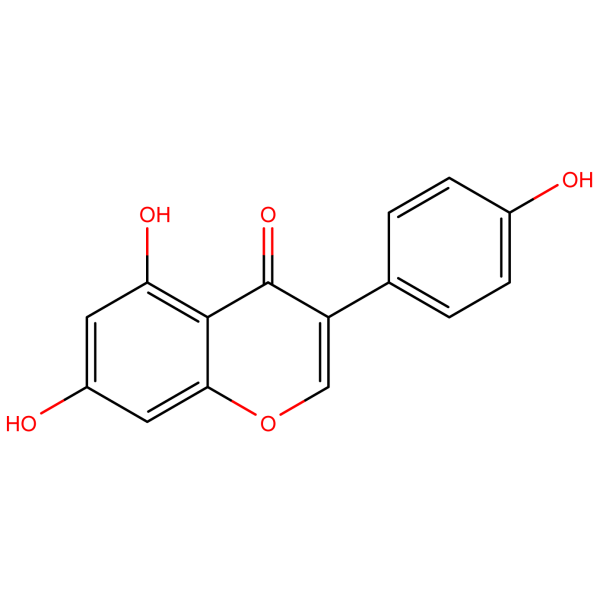10-Deacetylbaccatin III: Key Precursor in Taxane Research and Development
1. Molecular Identity
- Chemical Name: (2α,4α,5β,7β,10β,13α)-4,10-Dihydroxy-13-{[(2R,3S)-3-benzoylamino-2-hydroxy-3-phenylpropanoyl]oxy}-1,7-dihydroxy-9-oxo-5,20-epoxytax-11-en-2-yl benzoate
- CAS Number: 32981-86-5
- Source: Isolated from various Taxus species, particularly Taxus baccata (European yew)
2. Biochemical Significance
10-Deacetylbaccatin III is a key intermediate in the biosynthesis of paclitaxel (Taxol) and other taxane compounds. Its unique structure and role as a precursor make it a compound of significant interest in cancer research, natural product synthesis, and drug development.
3. Key Properties
- Taxane Precursor: Serves as a starting material for semi-synthetic taxanes
- Structural Complexity: Features the core taxane skeleton with multiple functional groups
- Biological Activity: Exhibits its own antimitotic and cytotoxic properties
- Sustainable Source: Provides an alternative to yew bark harvesting for taxane production
4. Potential Research Applications
- Cancer drug development and optimization
- Structure-activity relationship studies of taxanes
- Natural product synthesis and modification
- Bioprocess engineering for taxane production
5. Current Research Focus
Ongoing studies are investigating 10-Deacetylbaccatin III’s potential in:
- Developing new taxane-based anticancer agents
- Improving the synthesis and yield of paclitaxel and analogues
- Exploring novel semi-synthetic pathways for taxane derivatives
- Understanding the structure-activity relationships of taxanes
6. Formulation Challenges and Innovations
Researchers are actively working on:
- Optimizing extraction and purification methods
- Developing efficient synthetic routes for taxane production
- Creating novel formulations to enhance solubility and delivery
7. Regulatory Considerations
As a precursor compound, 10-Deacetylbaccatin III is primarily used in research and pharmaceutical manufacturing. Its use in drug production is subject to stringent regulatory oversight to ensure safety and quality.
8. Future Research Directions
The scientific community anticipates:
- Discovery of new taxane derivatives with improved therapeutic profiles
- Development of more efficient and sustainable production methods
- Exploration of potential applications beyond cancer treatment
9. Collaborative Opportunities
We invite cancer researchers, medicinal chemists, natural product scientists, and academic institutions to explore the research potential of 10-Deacetylbaccatin III. For inquiries, collaborations, or to discuss how this compound can benefit your research projects, please contact us at sales@nstchemicals.com.
Join us in advancing the frontiers of taxane research with 10-Deacetylbaccatin III – a crucial building block in the development of next-generation cancer therapeutics.
